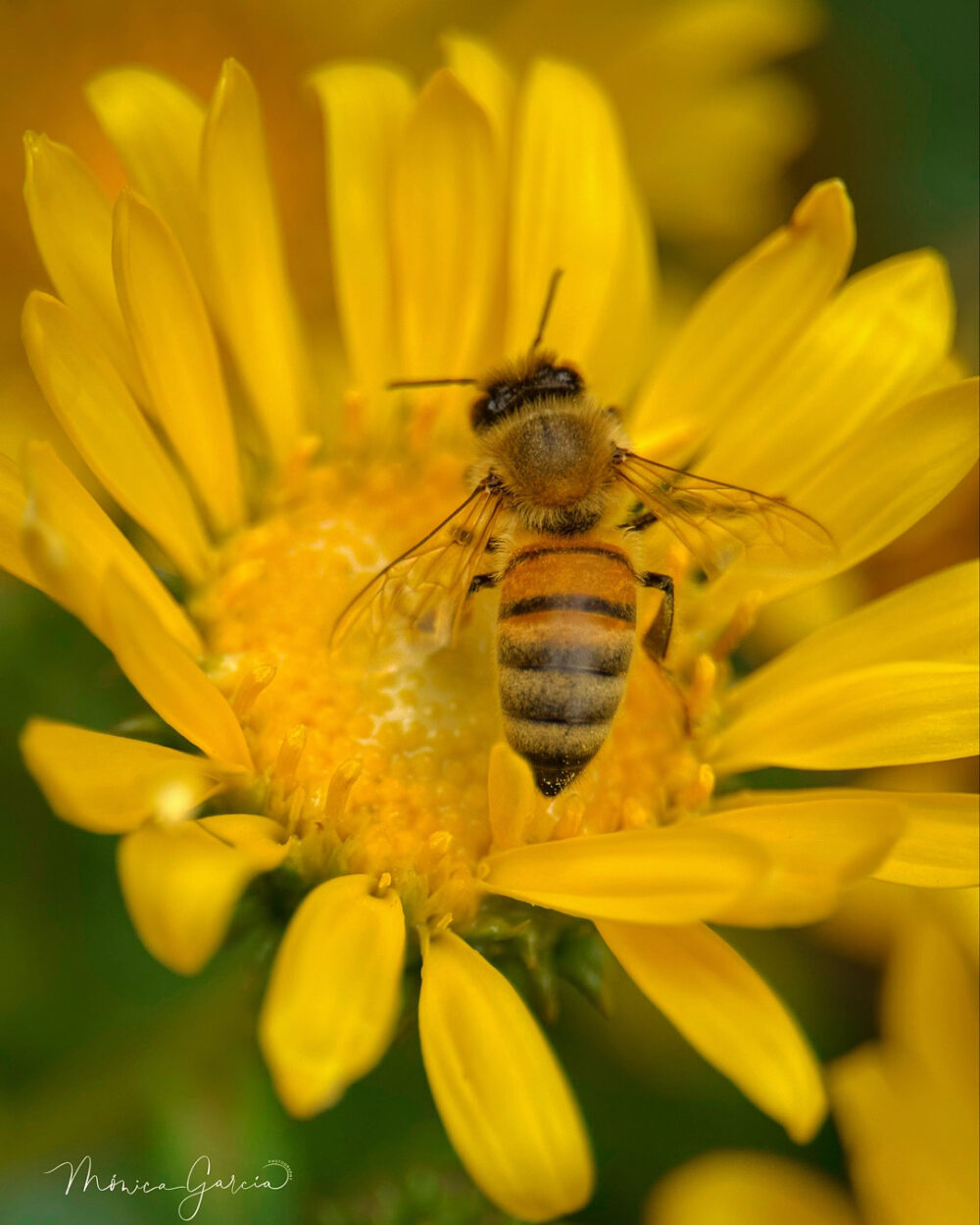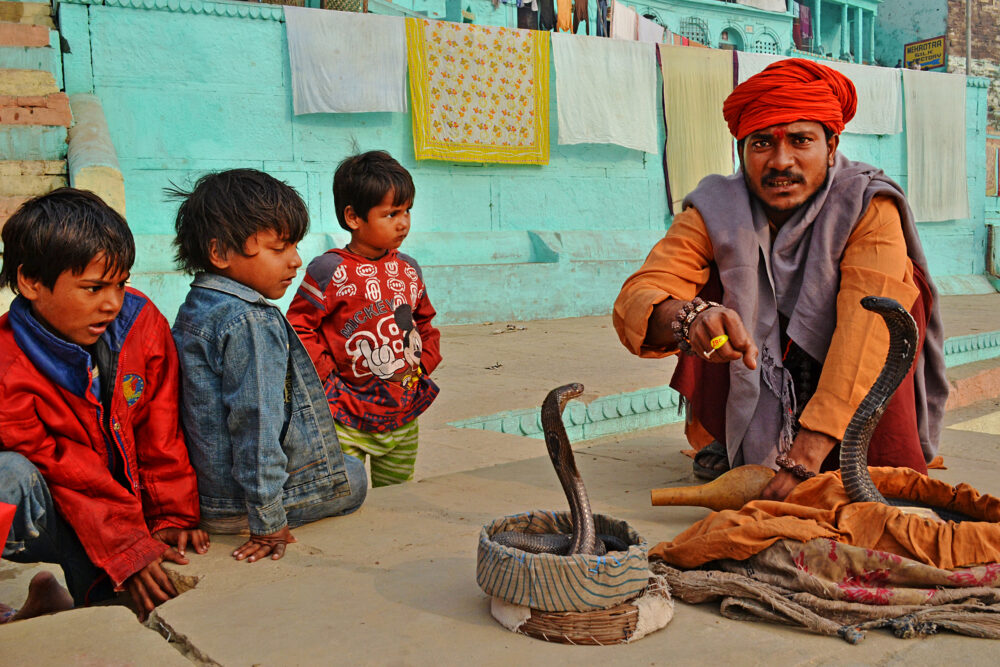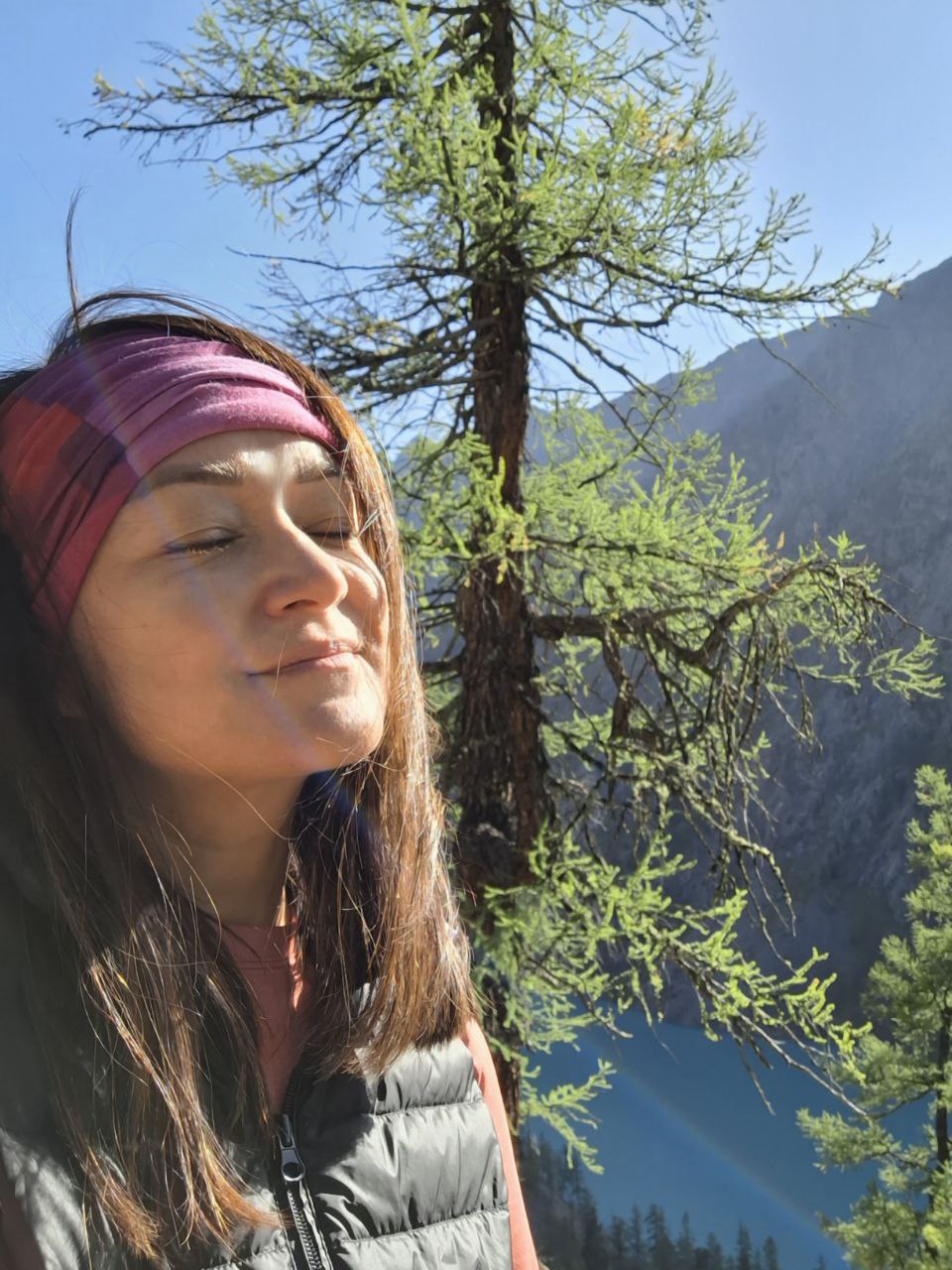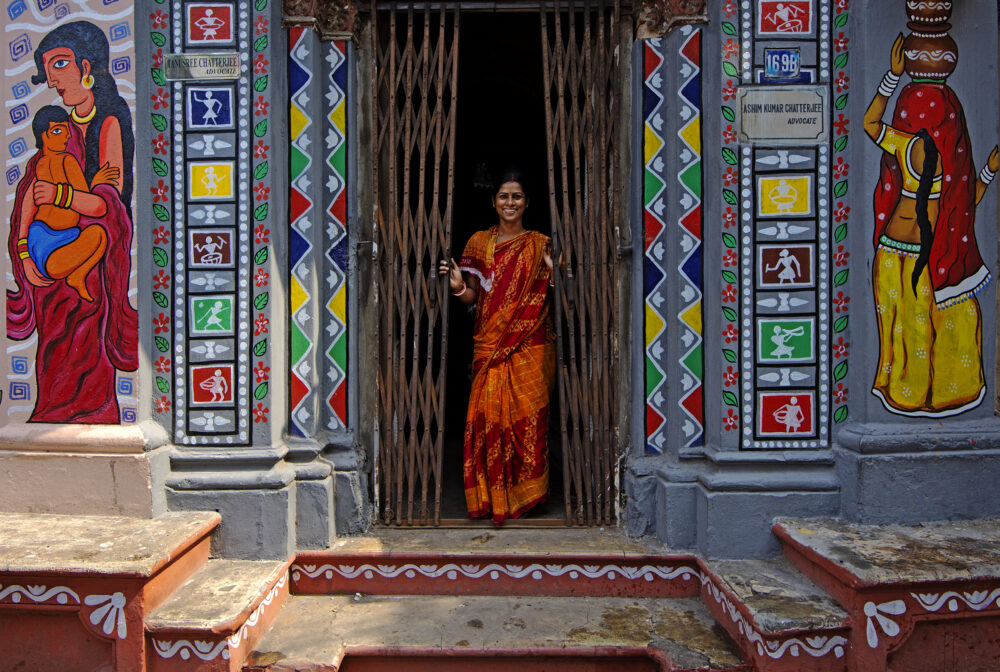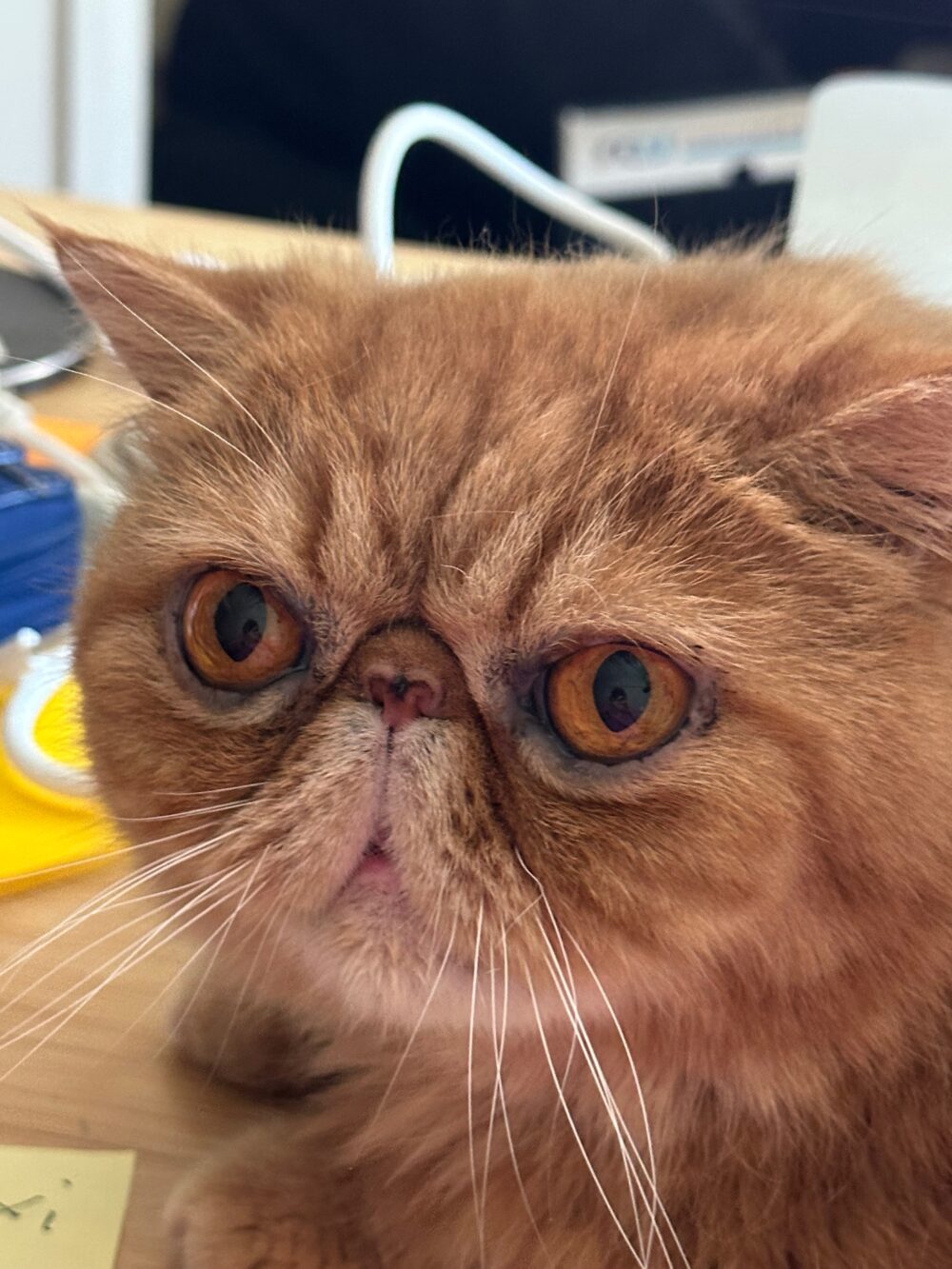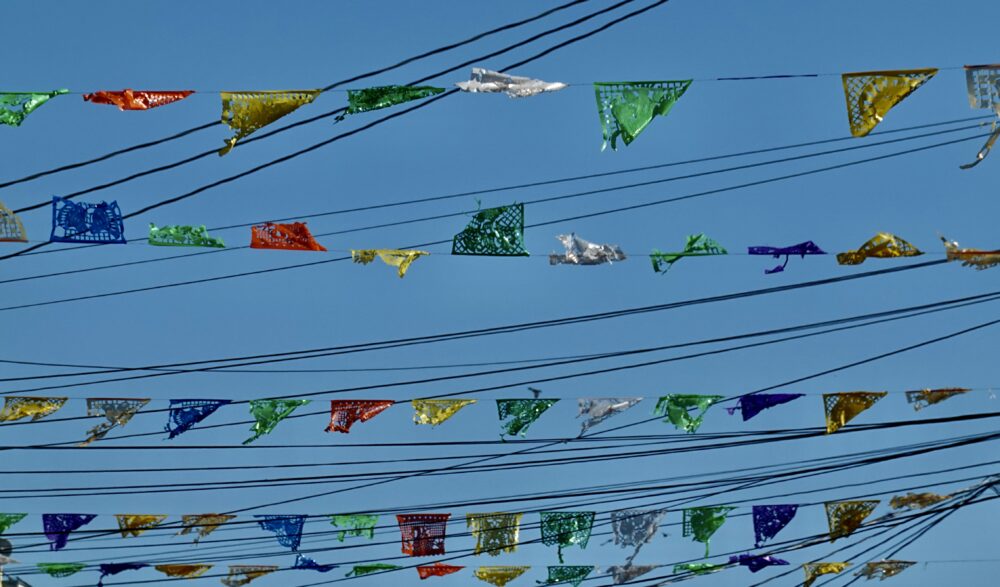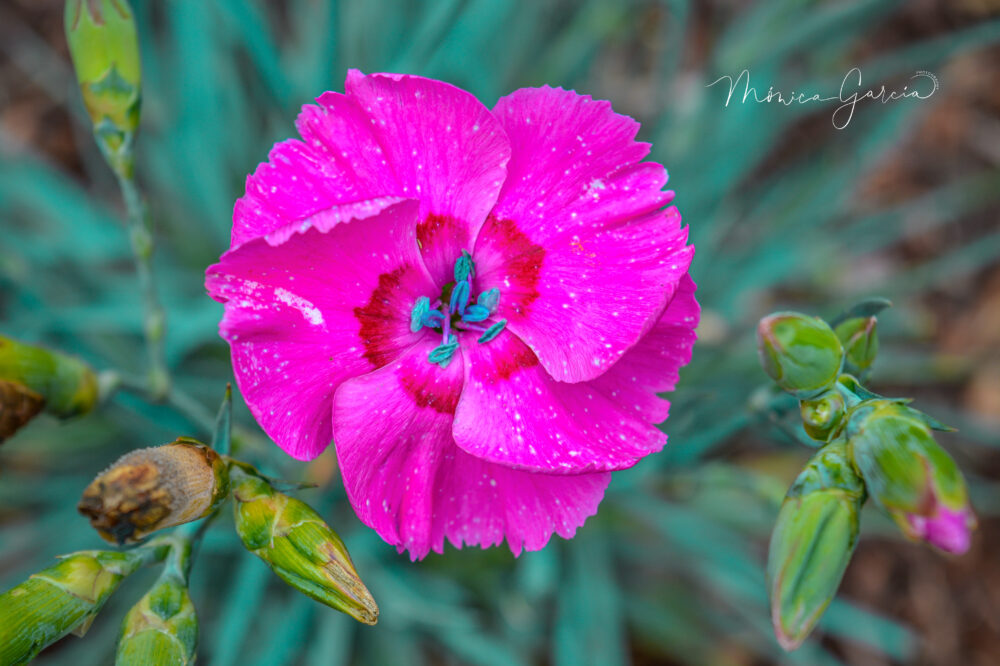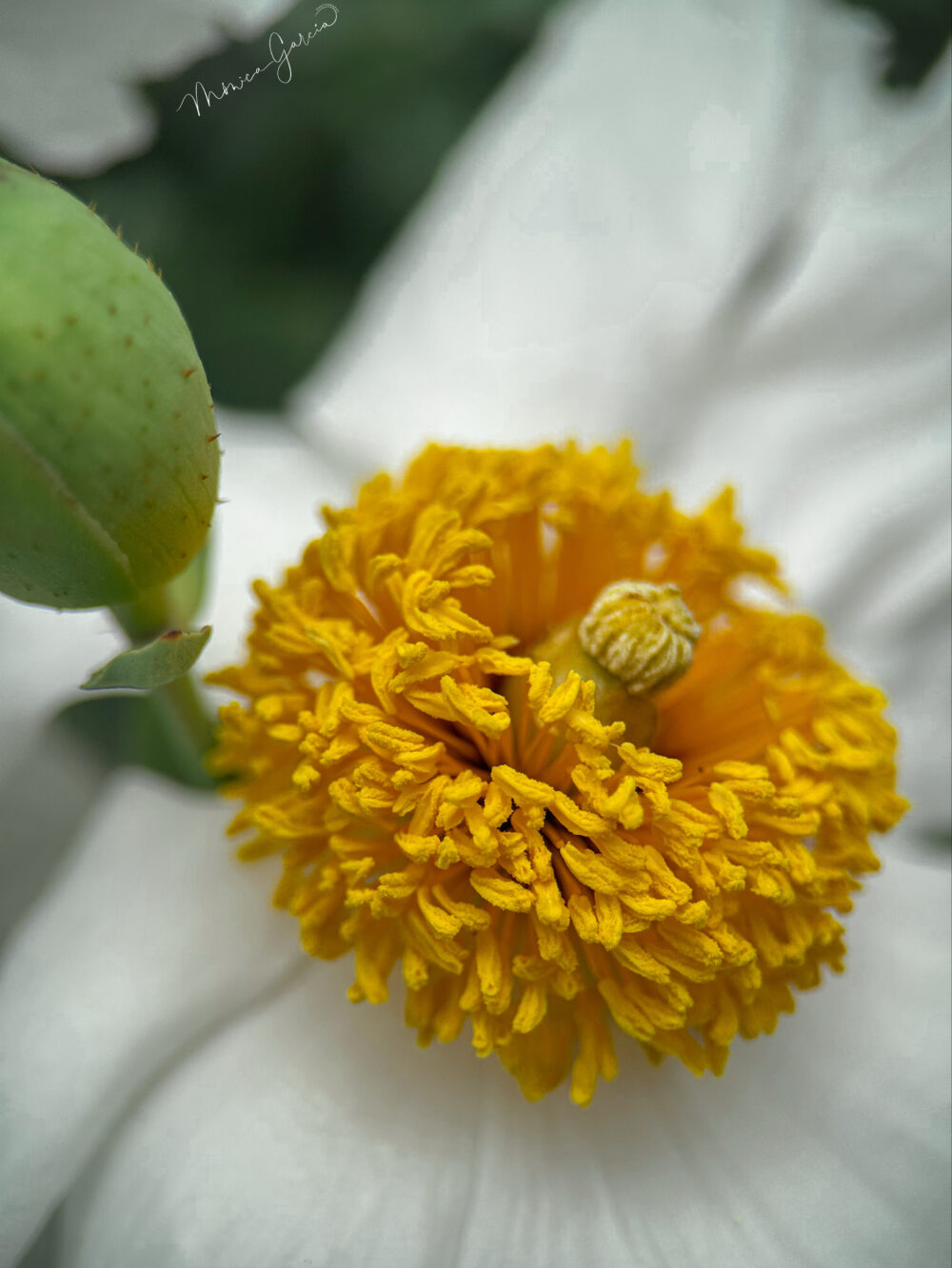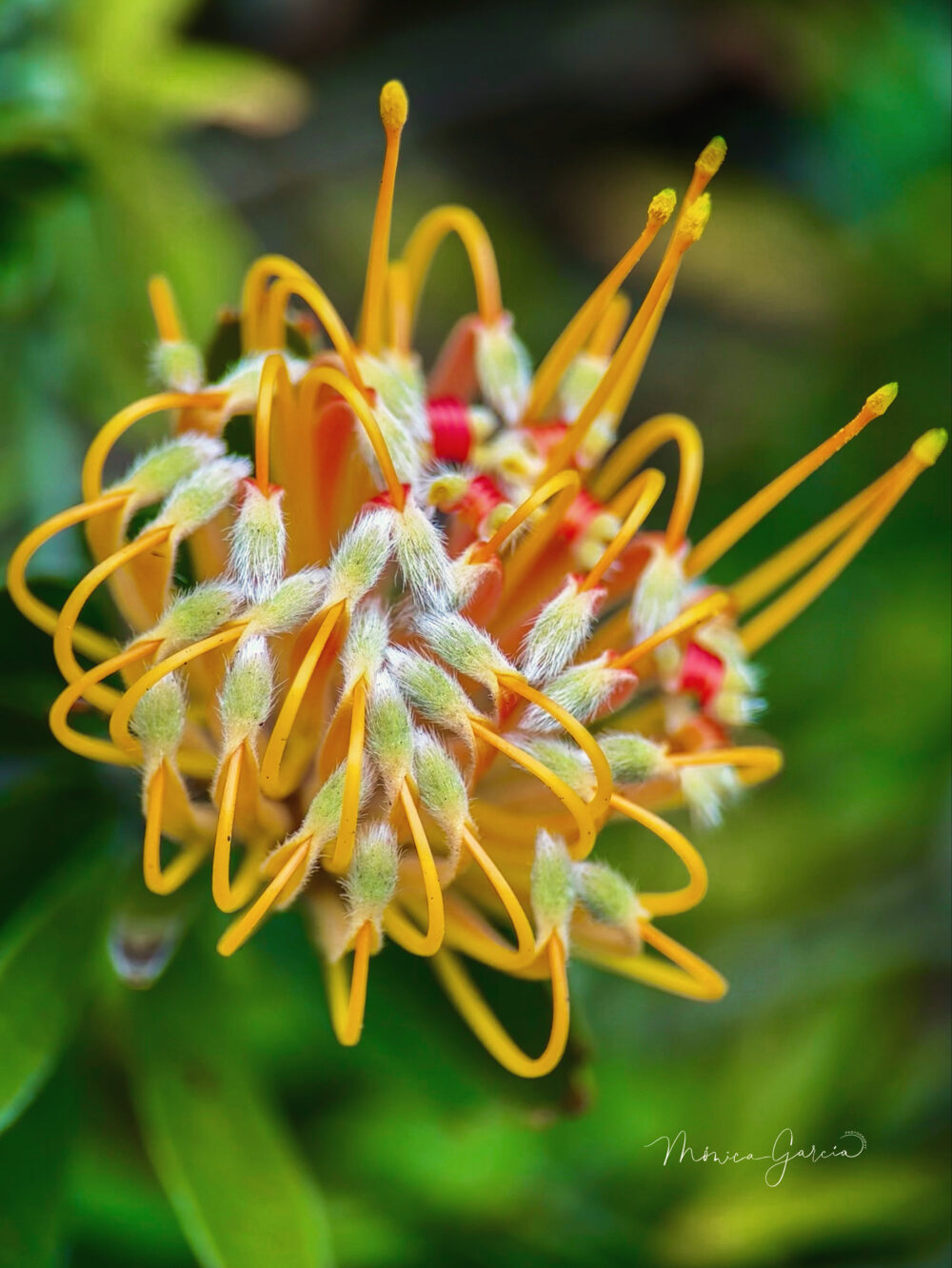
An editorial reprinted with permission from WellnessLetterOnline.com (in collaboration with the UC Berkeley School of Public Health)

In 1998, a new domain of psychology called positive psychology was founded by Martin Seligman, Ph.D., at the University of Pennsylvania. Dr. Seligman, then the president of the American Psychological Association, was reacting to the field of psychology’s original and overarching focus on mental illness, psychological dysfunction, and maladaptive behaviors, and its narrow goal to just make life a little less miserable. He wanted to take psychology in a new direction, switch things up, and concentrate instead on what you can do to not only tamp down negativity but also create positive emotions and experiences in order to improve well-being and quality of life, on both an individual and a societal level—in effect, create more happiness in life.
Among the things you can do to attain a “good life” (eudaimonia) is to foster relationships with family and friends, expand your social network, belong to organizations that share your common interests and beliefs, take classes in something new, and engage in physical exercise and practices like meditation. Spiritual and religious involvement may also do you good if that suits you.
There’s plentiful evidence that positive psychology improves well-being: For example, a meta-analysis of 39 studies with a total of more than 6,000 participants, published in BMC Public Health in 2013, found that “positive psychology interventions significantly enhance subjective and psychological well-being and reduce depressive symptoms,” with the effects being small to moderate in size (every bit of improvement helps, right?).
But what else can you do to find your way to a happier life? A growing body of research is showing that photography can play a role in promoting positivity. How’s that, you ask?
Several years ago, researchers at the University of California, Irvine, instructed 41 college students to use their smartphones to take one of three kinds of photos a day: a selfie while smiling, a photo of something that would make them happy, or a photo of something they thought would make another person happy. After just three weeks, participants’ positive affect in all three groups increased, compared to their baselines. The study, published in Psychology of Well-Being, found that the students smiled more naturally, became more reflective and appreciative of the little things that made them happy, and reported feeling calmer, depending on which group they were in.
Born out of this growing recognition of the power of photography to engage us is the nonprofit SeeingHappy.org, founded by the psychologist and fine arts photographer Mandy Seligman, M.A. (who just so happens to be Dr. Martin Seligman’s wife). SeeingHappy incorporates many of positive psychology’s interventions in its mission to promote photography as a means of self-expression, individual well-being, and community building with a shared vision of creating happiness.
Its premise is that photography can bring more happiness and meaning into our lives because it shifts our mindset and perspective in a positive direction. When we take pictures deliberately, with more intention, we learn to see the good around us. We build resistance to negativity and foster optimism.
Indeed, that’s what a study in 2018 found, when 16 people took and shared one photo a day for a year. They reported how this simple activity allowed them to notice things around them as both an escape and a form of mindfulness and that it reinforced and expanded relationships, afforded them an opportunity to learn new things, and was an outlet for creativity, something they didn’t necessarily realize they had.
SeeingHappy has several projects around the world, including:
- Creating Happy Moments in Israel, where young people recovering from cancer take pictures together to interact with others in similar circumstances, alleviate loneliness, change their perspective on their illness, and focus on positive, happy moments.
- Emotions Through Photos in Russia, where 50 teens and young adults (ages 14 to 20) from different orphanages and families will post pictures of their daily lives for two months to enhance their sense of optimism.
- The Eishel Retirement and Assisted Living Facility in Mexico, whose goal is to improve the well-being of both residents and caregivers, with a nod toward “positive gerontology.” This new field incorporates the principles of positive psychology not only to minimize the negative aspects of growing old, such as physical ailments, but also to elevate and celebrate the positive sides of aging, such as achieving greater wisdom, empathy, and acceptance of self and others.

LOVE BIRDS BY ANDREA KLAUSNER
I made this photo when descending from the viewpoint of the famed but foul-smelling tannery in Fez, Morocco. After seeing all the animal skins and the workers toiling in extremely unpleasant conditions, it was a feast for the eyes to observe these two birds peacefully connecting with each other and forming what resembled a heart shape between their bodies.
I’ll be taking my camera with me today, as I do most days when I take a break from work at the Wellness Letter. As a street photographer, I never know what I’ll see and capture, but I usually find something that makes me smile—a cat’s tail peeking out from around a corner, two birds forming a heart shape, dappled light hitting the pavement—and then I’ll share the images, one a day as a goal, on the SeeingHappy website.
Whether you’re a casual smartphone user (an “iPhone-ographer”), a more serious photography hobbyist, or a professional photographer, I encourage you to join me on my photography journey. Your photos can be of anything: what you had for breakfast (if it made you happy, that is), a portrait of a dear friend or family member, a good book you’re reading, or even your favorite shoes. As SeeingHappy advises, “Look for the good, take a moment to appreciate it, take a photo, and share it for everyone to enjoy.”
It’s so easy to do: After creating a SeeingHappy account on your computer or on your tablet or cellphone, you can upload your photos into one of several collections (Beauty, Connections, Gratitude, Happy, Hope), give it a title, and add your reflections on why this makes you happy. After all, as Mandy Seligman stresses, “It is important to recognize what makes you happy.” You are also encouraged to visit your personal “Photo Journal” page, where your photos can be viewed; it works as a kind of gratitude journal to look back on and savor—two important concepts in positive psychology.
And it’s not just about taking and sharing your photos: Check out the website’s Happy Feed to see what makes other people happy, which I promise will put a smile on your face too.
-ANDREA KLAUSNER
Find more of my photos on my website or instagram.










